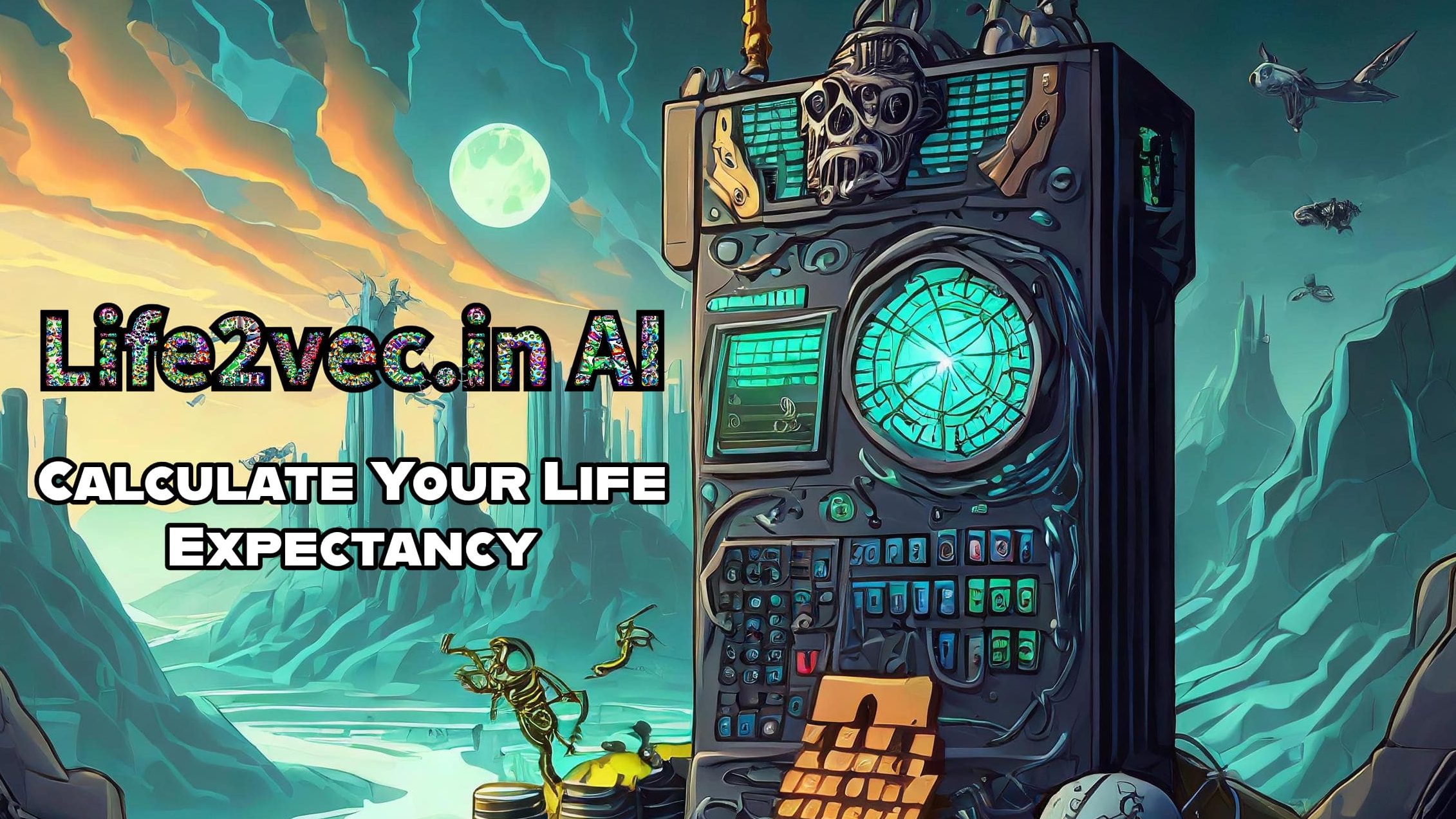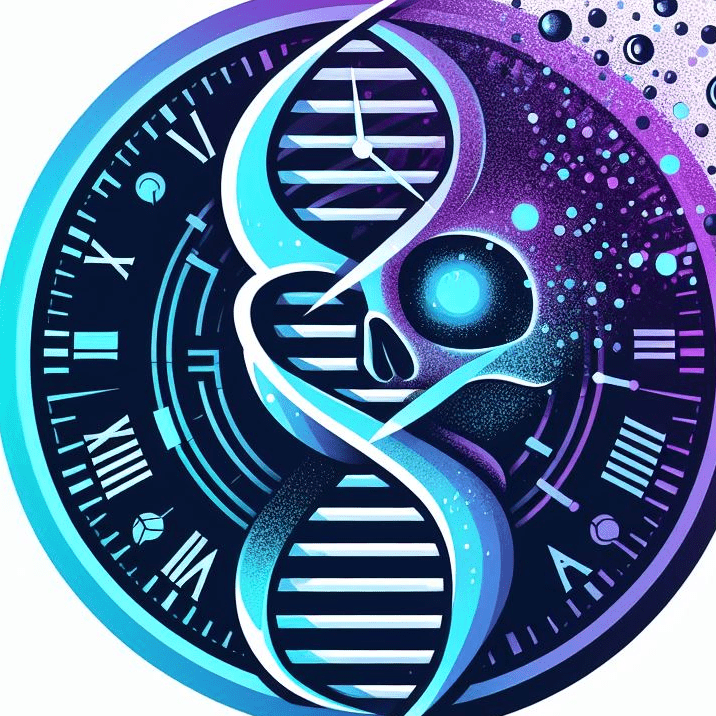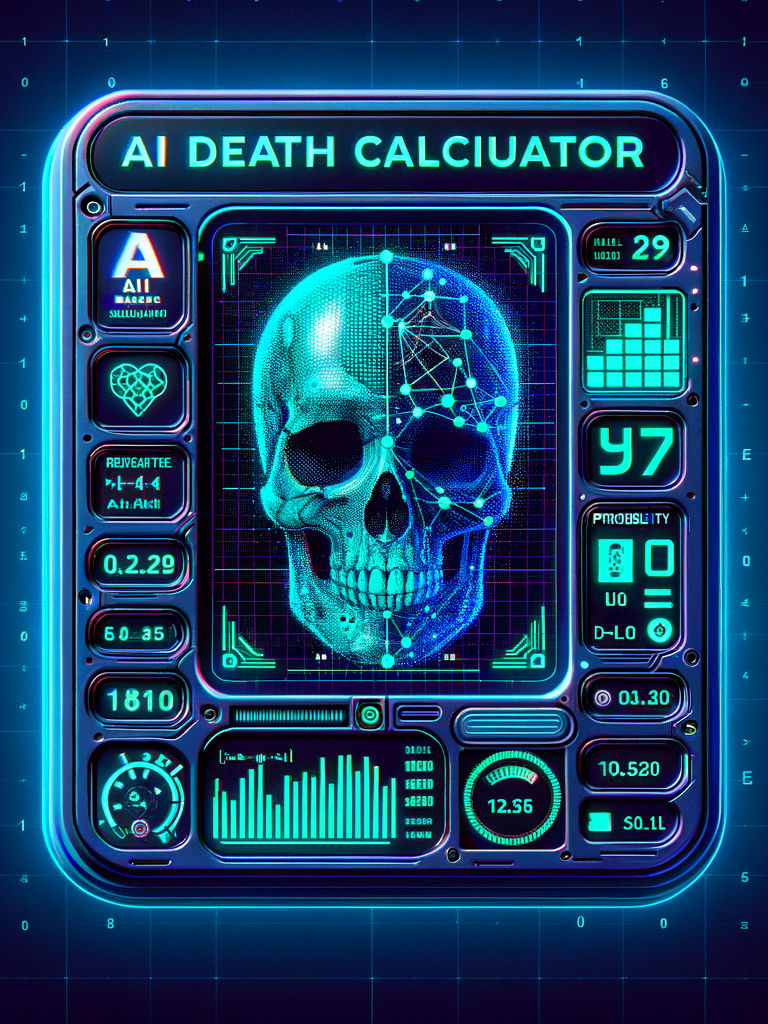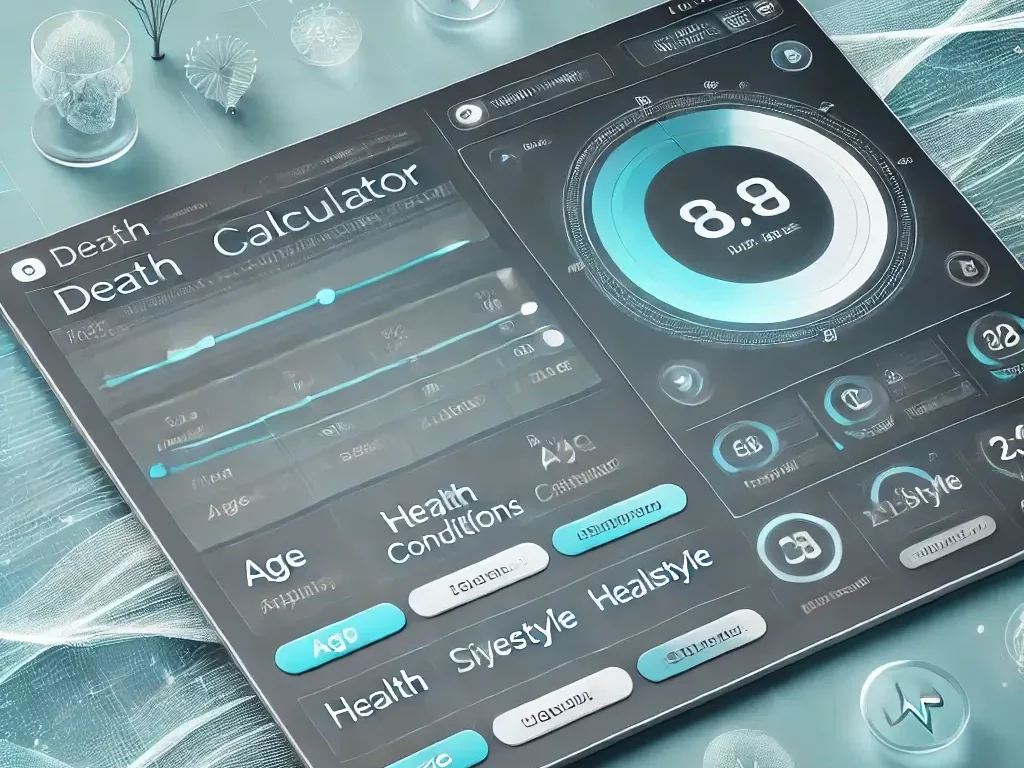
Discover Your Life Expectancy with Life2vec.in AI
An AI-powered platform providing insights into your longevity based on personal, medical, and lifestyle factors.
What is Life2vec.in AI Life Expectancy Calculator?
Life2vec.in AI is an innovative platform that utilizes advanced artificial intelligence to estimate your life expectancy. By analyzing a variety of personal, medical, and lifestyle factors, it helps you understand how your habits and health choices may impact your longevity.
What Makes Life2vec.in AI Unique?
Life2vec.in AI stands out in the digital health space by offering a blend of advanced technology and a user-centric approach. While there are many life expectancy calculators available online, Life2vec.in AI differentiates itself with its focus on providing personalized insights through AI algorithms. The platform leverages a vast array of data points, taking into account factors like lifestyle choices, medical history, and daily habits to give you a more accurate estimate of your potential lifespan.
Unlike simple calculators that only consider age and gender, Life2vec.in AI incorporates a wider range of variables such as:
- Smoking and Alcohol Consumption
- Dietary Habits and Nutrition
- Physical Activity and Fitness Levels
- Chronic Health Conditions
- Stress Levels and Mental Well-being
- Sleep Patterns
This makes the platform not just a curiosity tool but a self-awareness guide to help users reflect on their habits and health.
AI-Powered Longevity Estimation
Life2vec.in AI employs cutting-edge AI technology to provide you with instant and personalized feedback. As the AI learns from global data on health trends and longevity studies, it continuously improves its predictive capabilities, offering increasingly accurate results.
By inputting a range of personal and medical details, users can receive not only an estimate of their expected lifespan but also actionable advice on how they might improve their health and potentially increase their life expectancy. Think of Life2vec.in as your personal digital wellness guide, providing insights into areas where small changes could make a big difference in the long term.
Is Life2vec.in AI Safe and Secure?
Your privacy is our top priority. Life2vec.in AI ensures that all data provided by users is protected and never stored. We use strong encryption protocols to keep your information safe from unauthorized access. This means that your input is processed on a one-time basis, and once you receive your results, no data is retained on our servers.
Our commitment to user privacy goes beyond encryption. We have designed our platform to be used anonymously, meaning that you do not need to create an account or provide any personal identifiers such as your name, email address, or contact details. This makes Life2vec.in AI not only a powerful tool but also a completely secure experience.
Who Can Use Life2vec.in AI?
Life2vec.in AI is designed for anyone over the age of 18 who is curious about how their lifestyle choices might influence their overall longevity. Whether you’re young and just starting to think about long-term health, or in your later years looking for guidance on maintaining a healthy lifestyle, the tool is suitable for all age groups. Users from different walks of life—whether you’re a fitness enthusiast, a working professional managing a busy schedule, or a retiree looking to improve well-being—can all find valuable insights through the Life2vec.in AI platform.

Features
- Personalized Insights Receive estimates tailored to your unique profile.
- AI-Powered Analysis Benefit from cutting-edge AI technology for accurate assessments.
- Actionable Advice Gain recommendations to enhance your longevity.
- User-Friendly Interface Enjoy a seamless experience with our intuitive design.
Educational & Entertainment Value
While the Life2vec.in AI Life Expectancy Calculator is powered by robust AI technology, it’s essential to understand that its predictions are not a guarantee. Life expectancy is influenced by numerous unpredictable factors, and the tool is designed to provide a general estimate rather than a definitive prediction.
As such, the tool is intended for self-awareness and educational purposes, helping you reflect on how current habits could affect your future health. Remember, the aim is to spark thoughtful reflection and encourage healthier decisions, not to provide medical diagnoses or advice.
Making the Most of Your Result
The results you receive from the Life2vec.in AI Life Expectancy Calculator are designed to be a starting point. Here are some tips on how to best it:
- Reflect on Your Lifestyle: Use the insights to evaluate how your current habits—whether it’s smoking, diet, or exercise—are impacting your life expectancy.
- Set Health Goals: Once you identify areas for improvement, set small, achievable health goals. This could mean reducing alcohol intake, increasing physical activity, or simply improving your sleep quality.
- Monitor Progress: As your habits change, return to Life2vec.in to see how your life expectancy estimate evolves. It’s a great way to stay motivated and track your long-term progress.
- Consult with Professionals: While Life2vec.in can provide valuable insights, it’s always a good idea to seek guidance from medical professionals for personalized health advice. Think of Life2vec.in as a conversation starter for your next doctor’s visit.
Disclaimer
Life2vec.in is an independent platform and is not affiliated with, endorsed by, or associated with life2vec.dk or any other similar entities. Our tools and services are developed independently to provide personalized insights on life expectancy and lifestyle improvements. Any similarities in name or concept are purely coincidental, and we operate under our own distinct set of policies, data sources, and algorithms. For more information about our platform, please refer to our Privacy Policy and Terms of Service.
-
How Life2vec.in’s AI Death Calculator Can Transform Your Lifestyle
Have you ever wondered how your daily habits might be affecting your lifespan? In our fast-paced world, it’s easy to overlook the long-term impact of our lifestyle choices. We get caught up in work deadlines, social obligations, and endless to-do lists, often neglecting our health in the process. But what if there was a tool…
Join the Life2vec.in AI Community
We invite you to become part of the Life2vec.in AI journey, where we merge the power of technology with personal health and wellness. As digital health solutions become increasingly important in our lives, tools like Life2vec.in AI will continue to grow in relevance. Our mission is to empower individuals with the knowledge they need to take proactive steps in improving their longevity and well-being.


